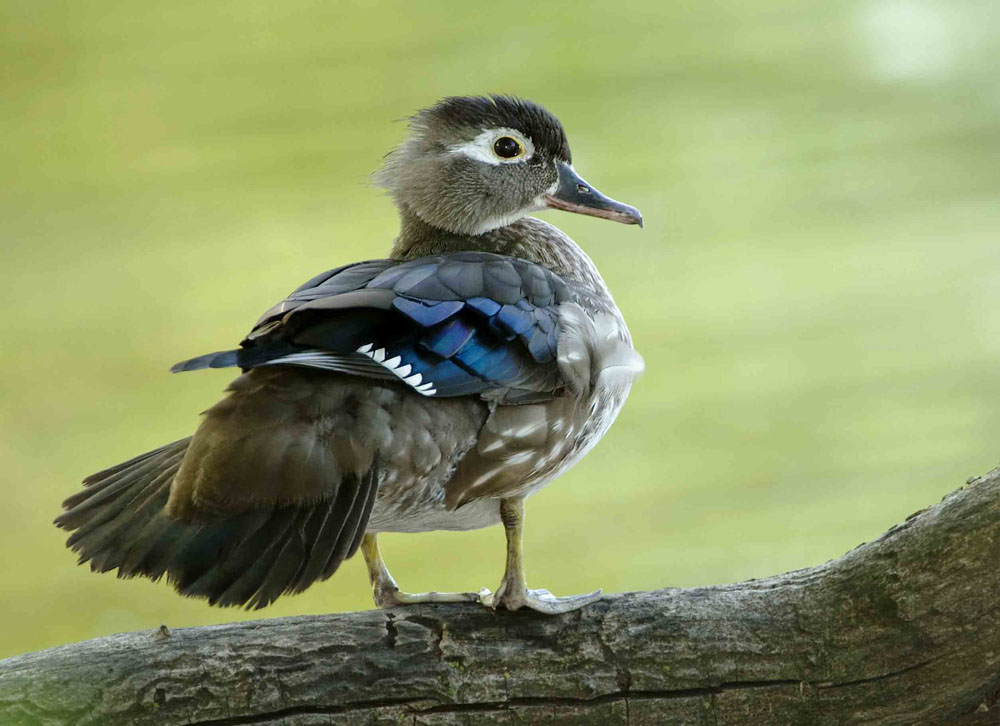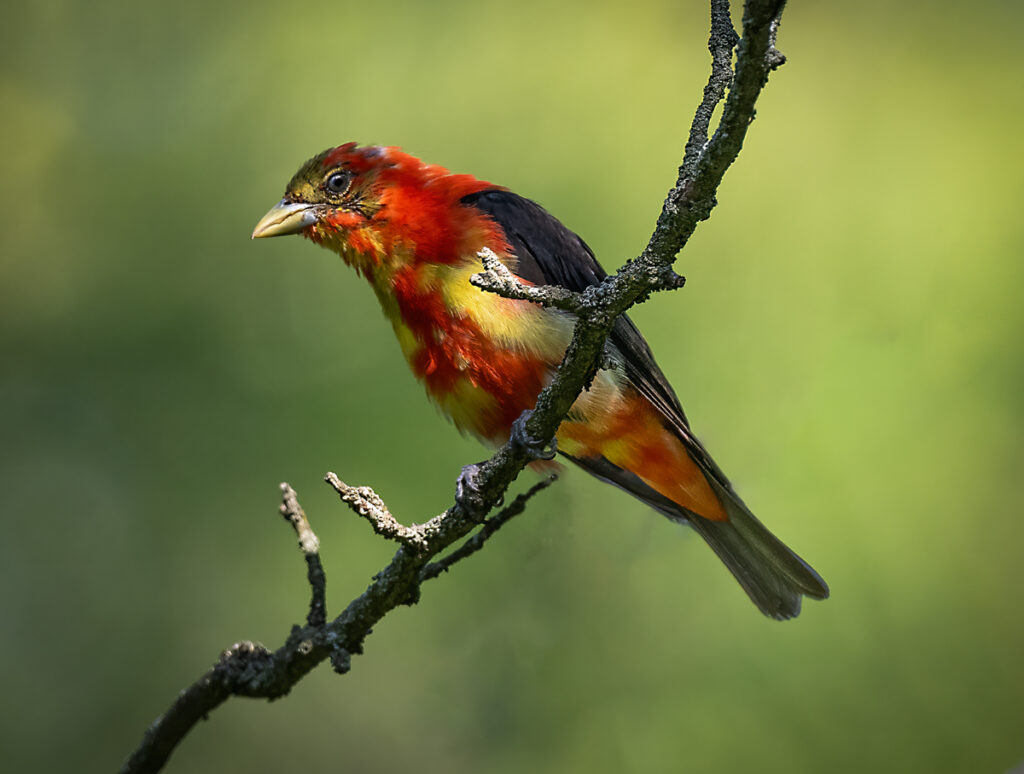
Pick up any field guide, log onto any app, or use any search engine, and look up any species of bird; chances are the image you see will be the male of the species. This is not surprising, as thousands of species of birds are simply more identifiable by looking at the males. But this historical approach has also led to a universal neglect of study on females in terms of behaviour, physiology and other well-studied aspects of the males. Recent research has shown there is a whole lot more that can be brought to the bird table.

Amidst the vibrant plumage and melodious songs that male birds offer the world, and all too often capture our attention, female birds have been historically overlooked. This oversight is not only an injustice to these remarkable creatures but also a significant gap in our understanding and conservation efforts.
The historical bias towards male birds in ornithological studies and popular birdwatching is easily understood, of course: male birds often exhibit more vivid colors and striking patterns compared to females, making them more noticeable and easier to identify, and so it’s no surprise that early field guides and scientific studies predominantly focused on males. The fact that most early ornithologists were male too is not a passing coincidence, either. But this also had the knock-on effect of perpetuating a cycle of neglect towards the females of the species, equally important and oftentimes equally present (just more challenging to see).

The songs of male birds are widely regarded to attract mates and defend territories, and have always drawn more attention than the quieter, less conspicuous calls of females. This emphasis on the seemingly more flamboyant and vocal males has also led to a skewed perception of avian life, neglecting the equally fascinating and vital roles played by females. It also completely overlooks those females who sing just as loudly, beautifully, and as complex. But now there is a surging movement among ornithologists, other scientists and citizens alike to learn more about the roles females play, the plumage they wear, and the songs they sing.
In 2017, a group of female ornithologists discovered their joint dismay regarding the lack of female birdsong in any well-stocked biological collections, so they united and reached out to the scientific and public community asking for any recordings people could gather of females singing. A daunting task indeed, but as it turned out, not as complicated as first supposed, and incredibly rewarding for participants, given that they were able to immeasurably develop their ID skills. The Female Bird Song Project is ongoing and anyone can participate, and everyone is welcome to. It is of course also true that many females don’t sing, but the absence of something should not mean it is any less worthy of study. Why don’t those females sing? To fully understand something, it helps to have both sides of the story.

Female birds are not passive participants in the avian world, naturally, as they play critical roles in reproduction, nest-building, incubation, and chick-rearing. In many species, females are the primary caregivers, ensuring the survival of the next generation. Female wood ducks, for example, are renowned for nesting in tree cavities, and once the eggs hatch, the mother encourages the ducklings to head to the water often from great heights. Wood ducks are also the only North American duck to produce two broods per season, doubling up on the anxiety of teaching the young ones how to fly – or at the very least, fall.
Female birds also exhibit sophisticated behaviors that are crucial for the survival of their species. Scarlet tanager females, though less brilliantly colored than their counterparts, are adept at selecting and constructing nests in well-concealed locations, providing safety for their eggs and chicks from predators. This is a trait common among thousands of species but has been taken for granted too long. Understanding the mechanisms behind nest site selection and protecting female birds is vital for effective conservation, as the survival and health of bird populations depend on the well-being of females, integral as they are to reproduction and nurturing the young. Ignoring females in research and conservation can lead to incomplete data and misguided efforts – indeed, wood duck population declines have now been reversed by studying these exact nesting behaviors.

Similarly, conservation programs for the Baltimore oriole and northern cardinal are now considering the habitats and resources essential for female nesting and foraging. Changes in the behavior, distribution, and health of these females are early indicators of environmental stressors such as habitat loss, pollution, or climate change. By studying females, conservationists can develop more targeted and effective strategies to protect these species. Educational materials and birdwatching guides now seem to be getting on board with equally highlighting females, encouraging birdwatchers to appreciate and report sightings of both sexes. You can also learn more about the work being done on female birds here, a website set up by some co-workers from National Audubon n 2019 who have amusingly named themselves The Galbatrosses. The site is dedicated to the gathering and sharing of knowledge about female birds, and they also organize Female Bird Day every year at the end of May. Although too late for this year, you now have plenty of time to hone those ID skills and keep your eyes peeled and ears open for those telltale signs of female activity nearby.


